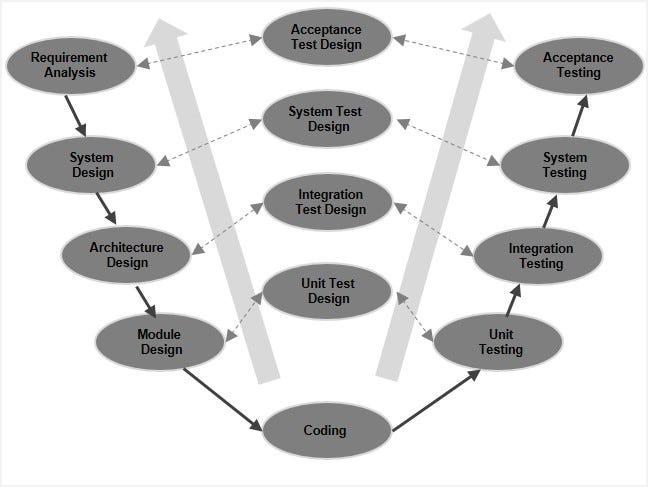Medium
1M
337

Image Credit: Medium
Software Development Life Cycle: Systematically building professional applications
- The Software Development Life Cycle (SDLC) is a structured roadmap for building scalable and efficient software with clear customer needs and goals.
- The SDLC consists of six primary stages: Planning, Design, Development, Testing, Deployment, and Maintenance.
- The initial stage involves defining the problem scope, conducting research, and creating a Software Requirement Specification (SRS) document.
- Designing Architecture in the SDLC involves structuring components, creating a prototype, and generating a Software Design Document (SDD).
- Development phase includes coding based on the SRS and SDD, choosing programming languages, frameworks, and tools cautiously.
- Testing phase ensures quality and robustness through unit testing, integration testing, and security testing.
- Deployment involves preparing the software for distribution, user guides, terms-conditions, and support forums, along with alpha and beta releases for feedback.
- Maintenance phase addresses bugs post-deployment, with support channels providing bug-fixing and updates to enhance the software continually.
- Different SDLC models exist based on software type, market factors, and deployment platforms, with the agile Scrum model being popular in industrial applications.
- Adhering to proper SDLC principles is crucial for scalability and professionalism in modern technology development, emphasizing workspace discipline and efficiency.
- Developers should familiarize themselves with modern SDLC practices to align with the demands of large-scale, data-driven projects.
Read Full Article
20 Likes
For uninterrupted reading, download the app